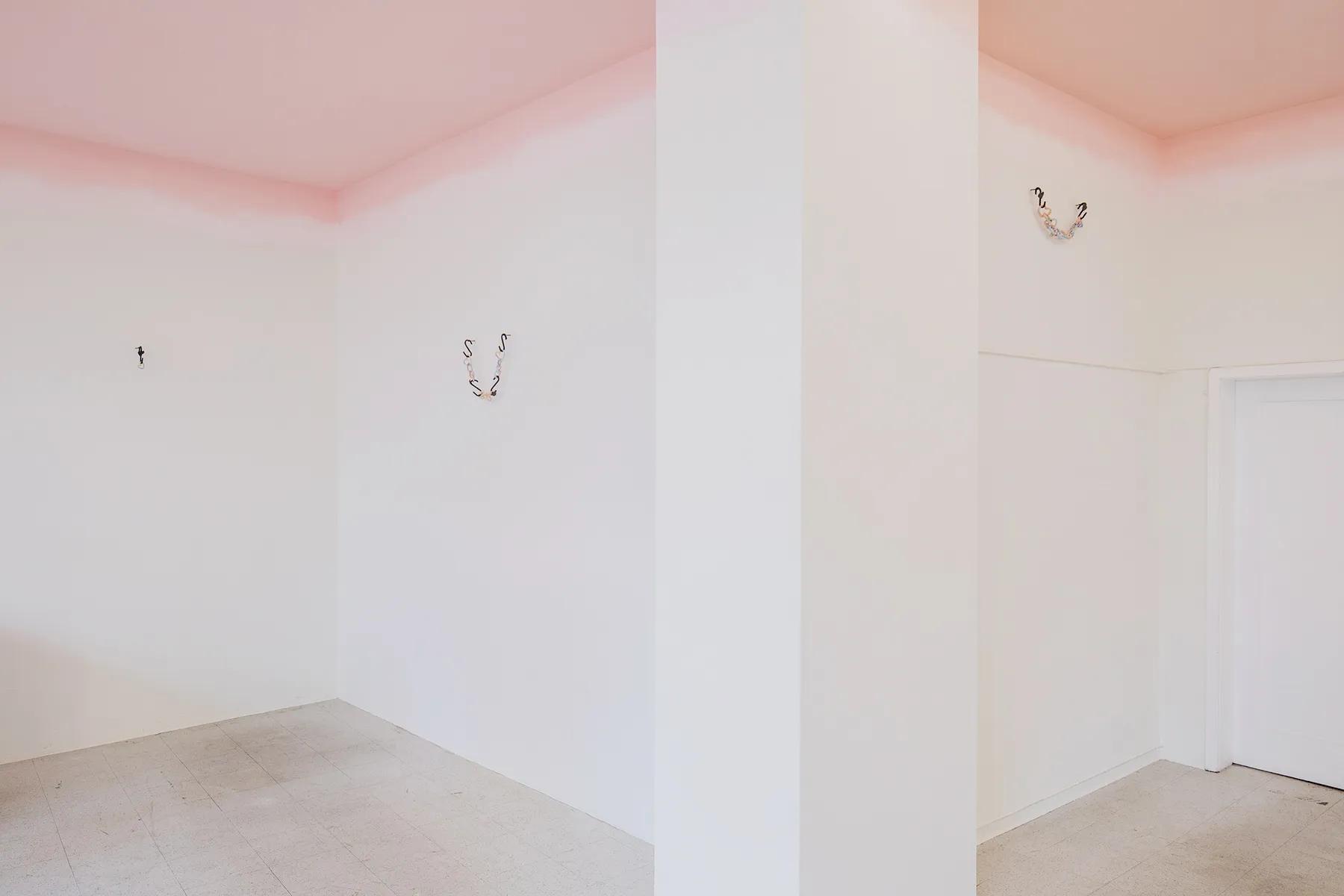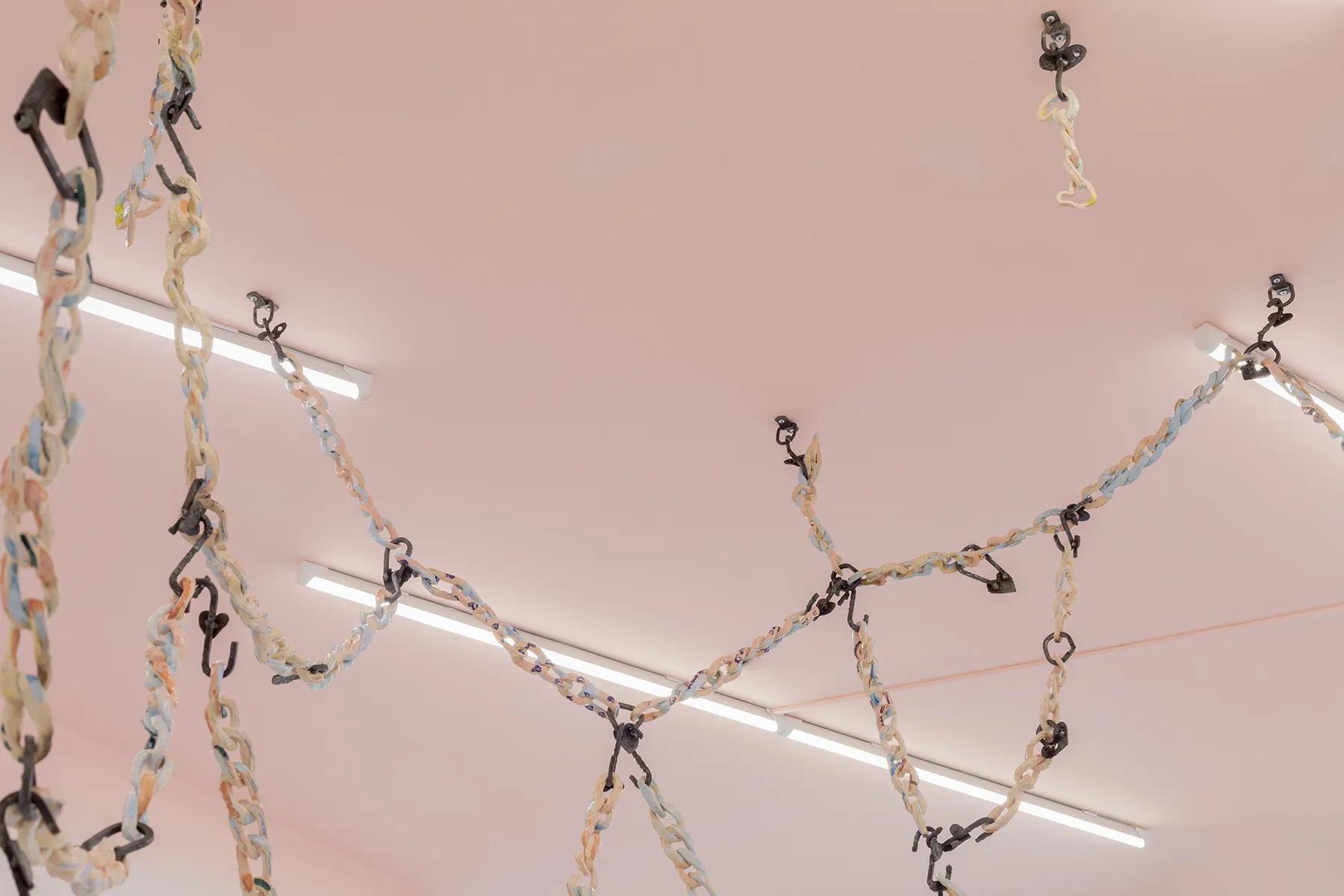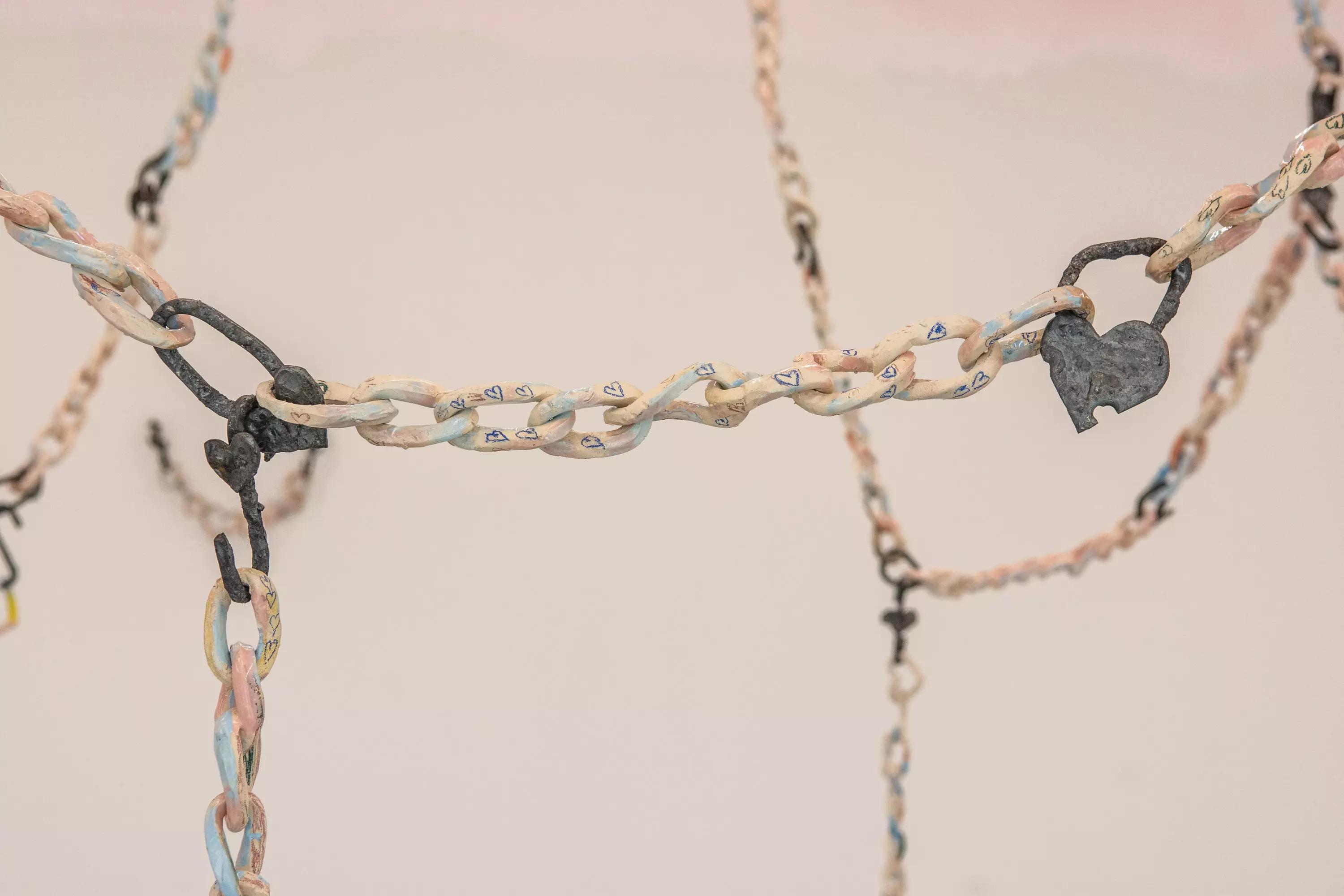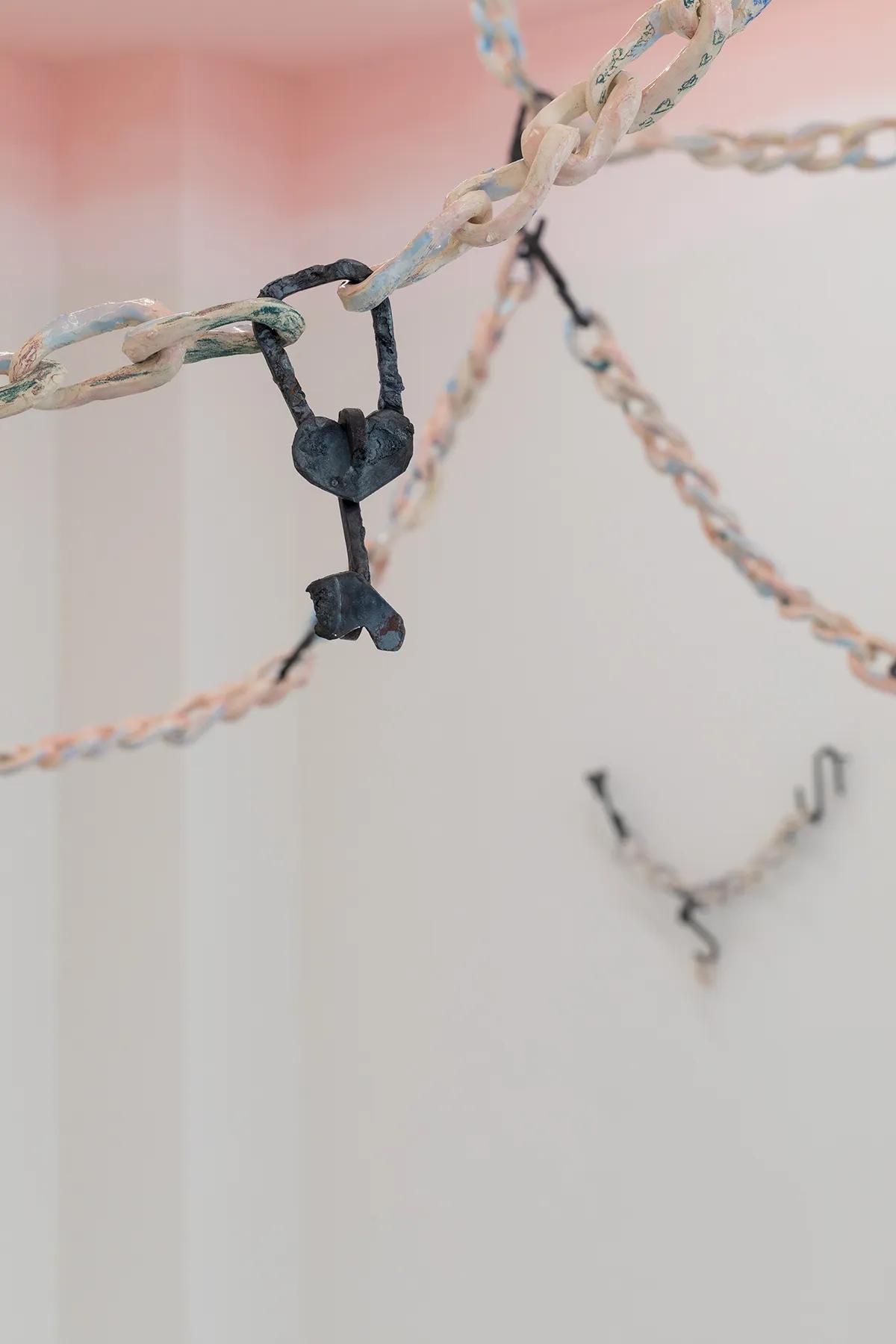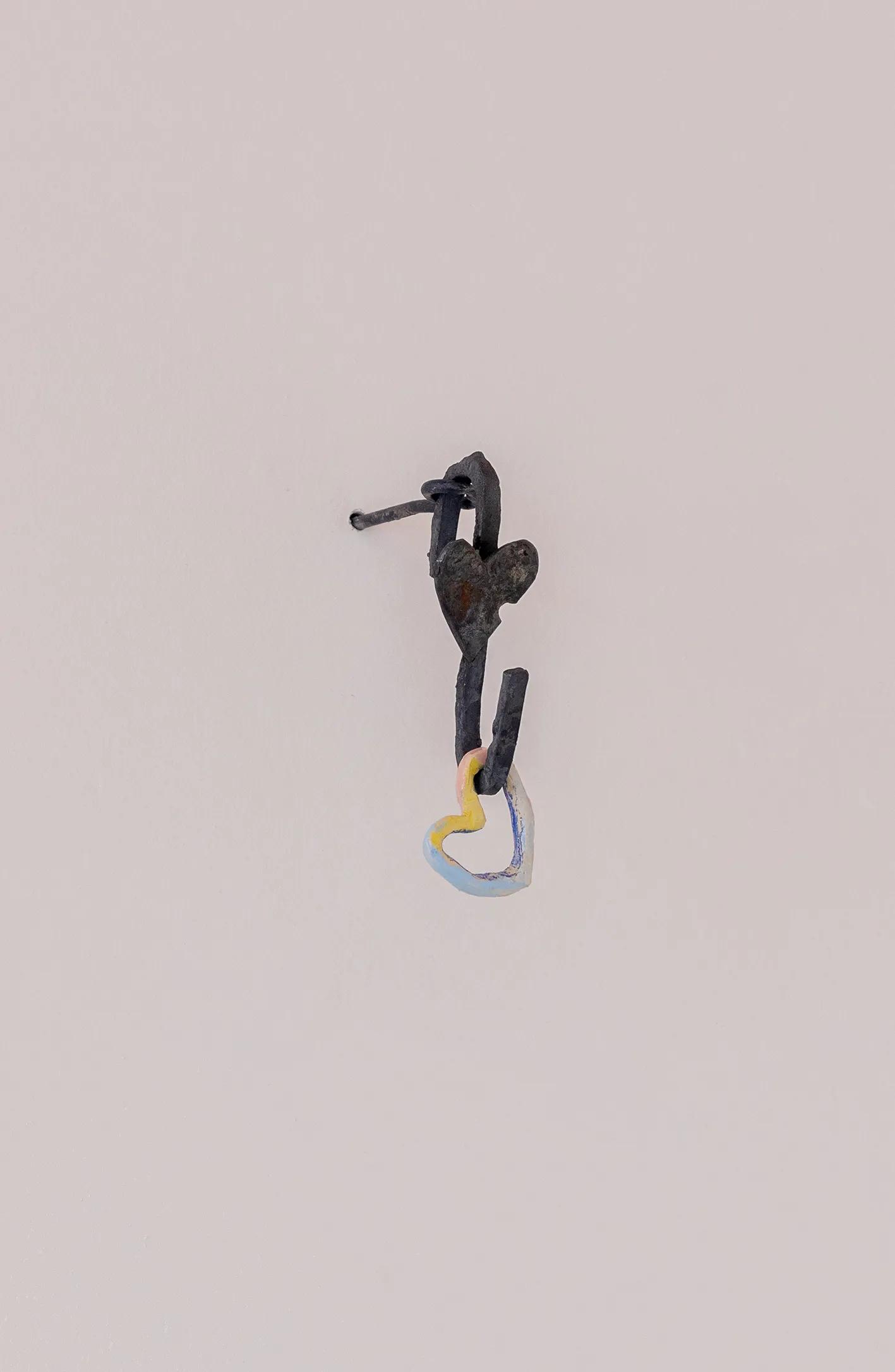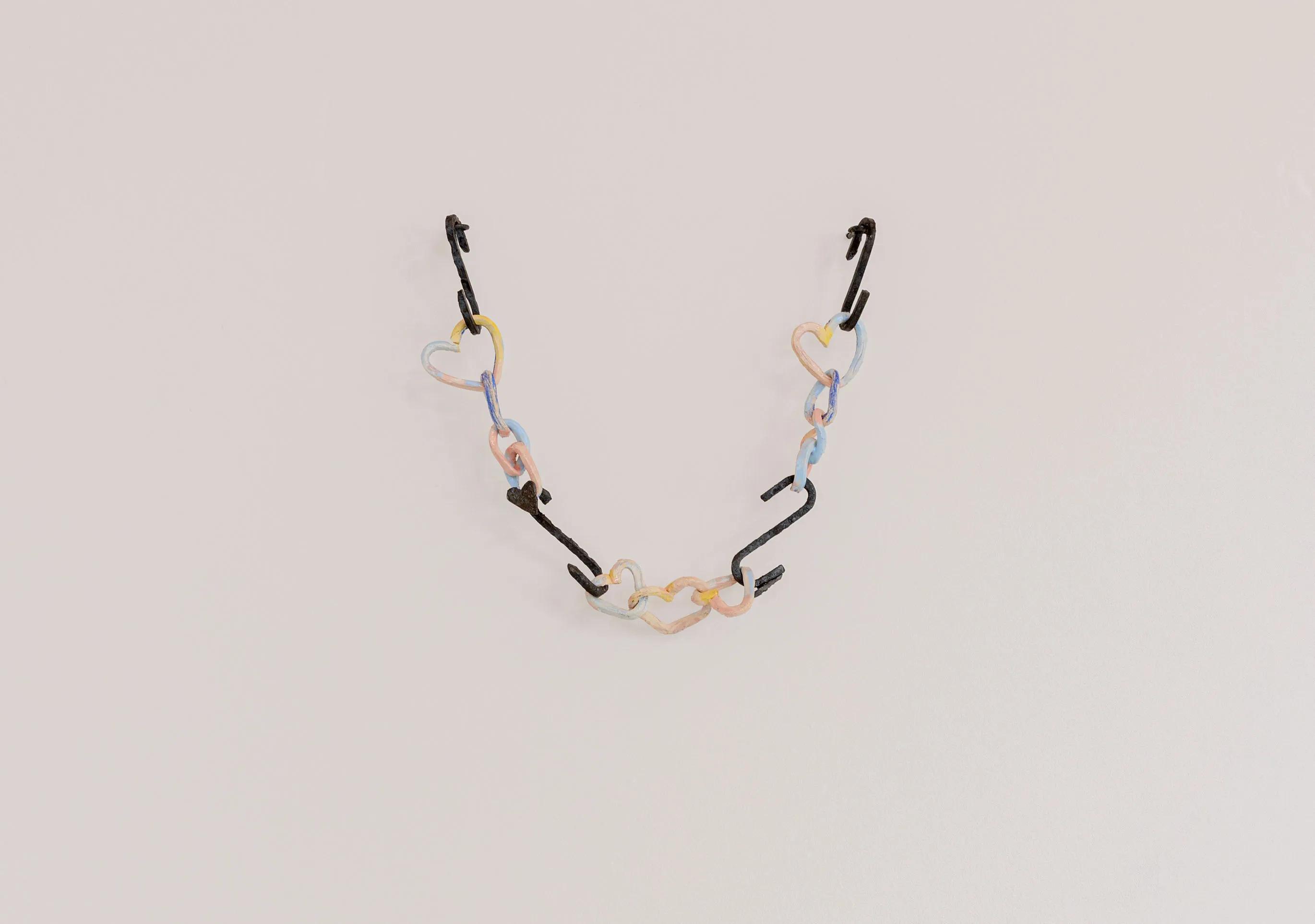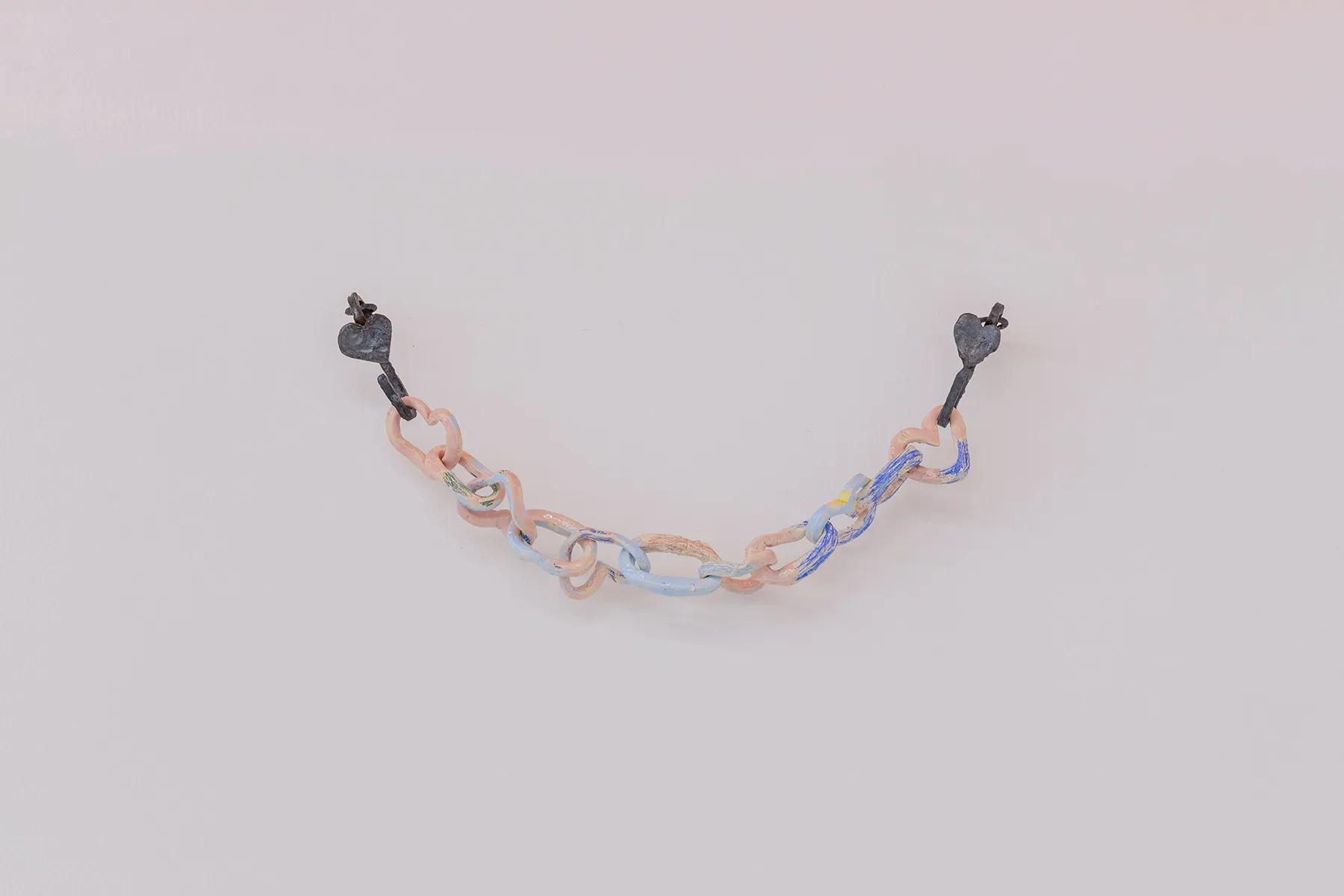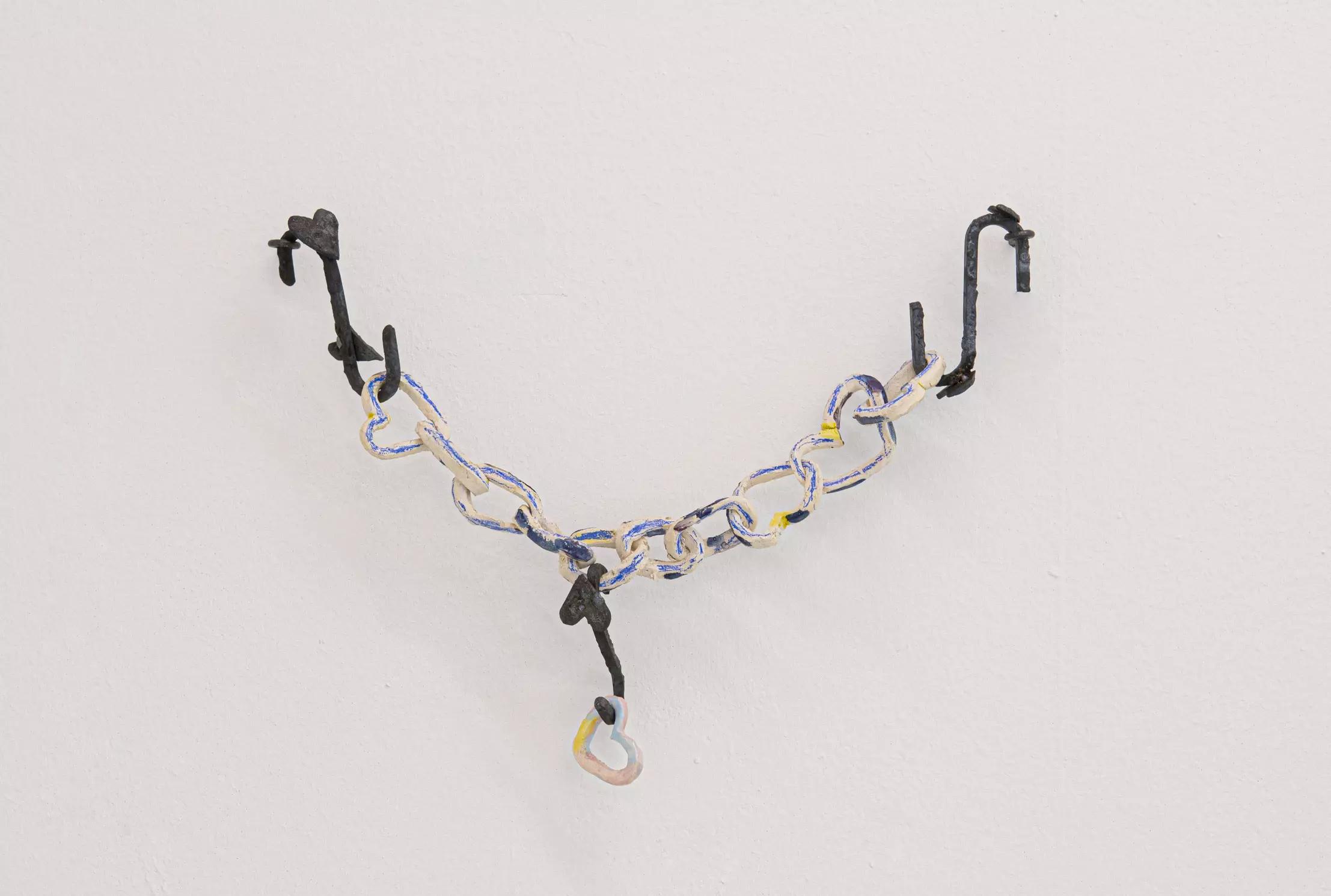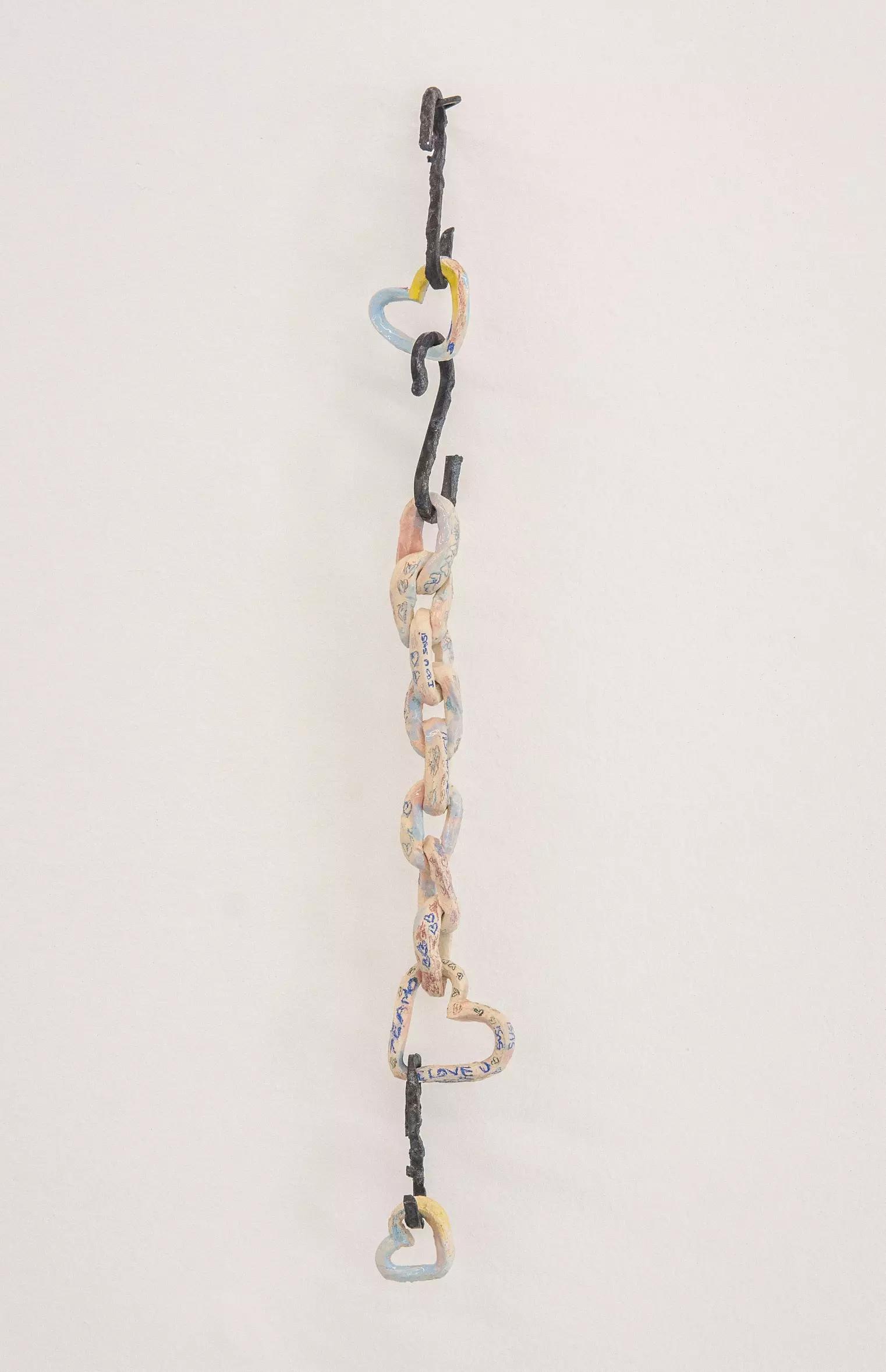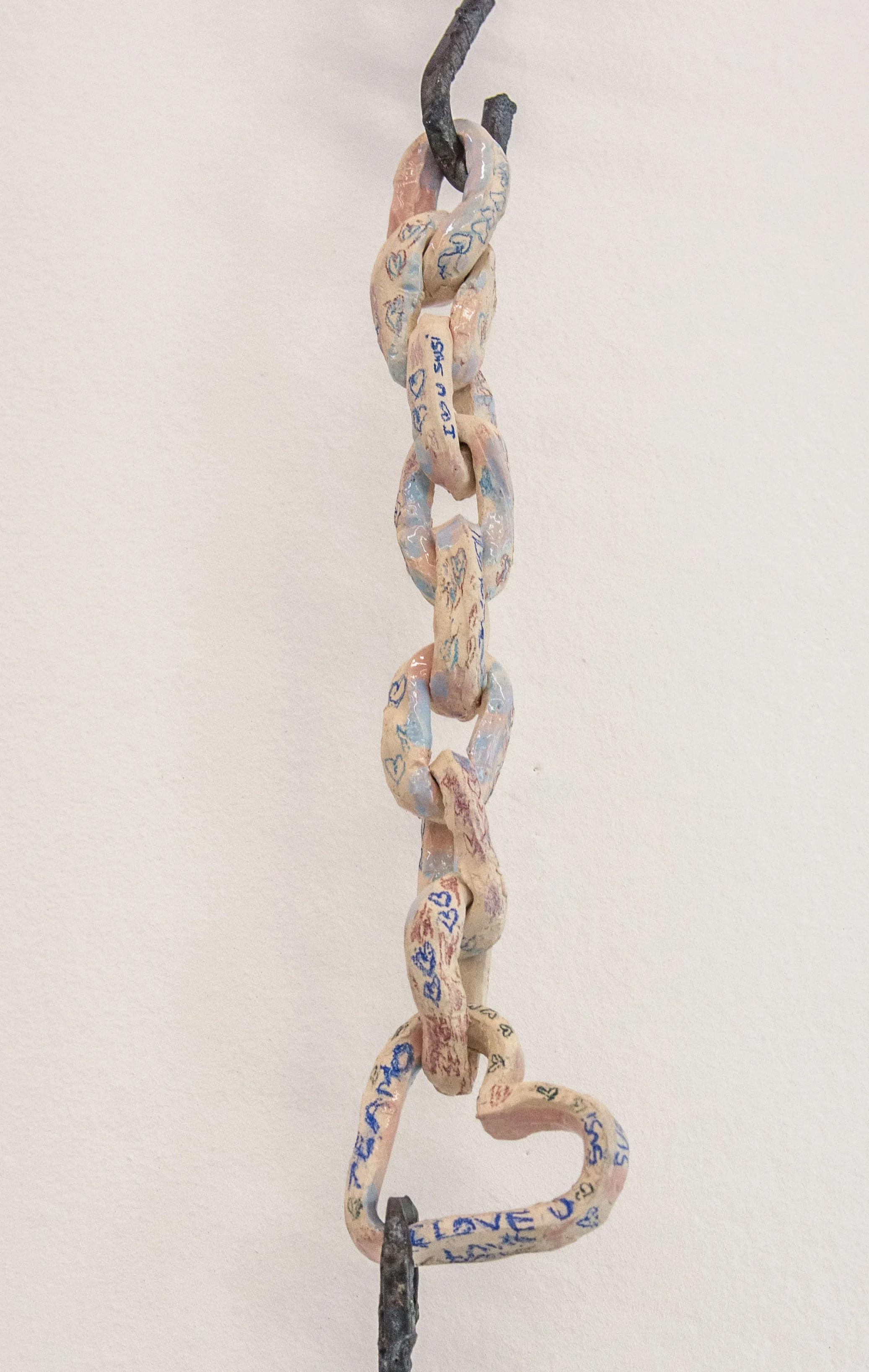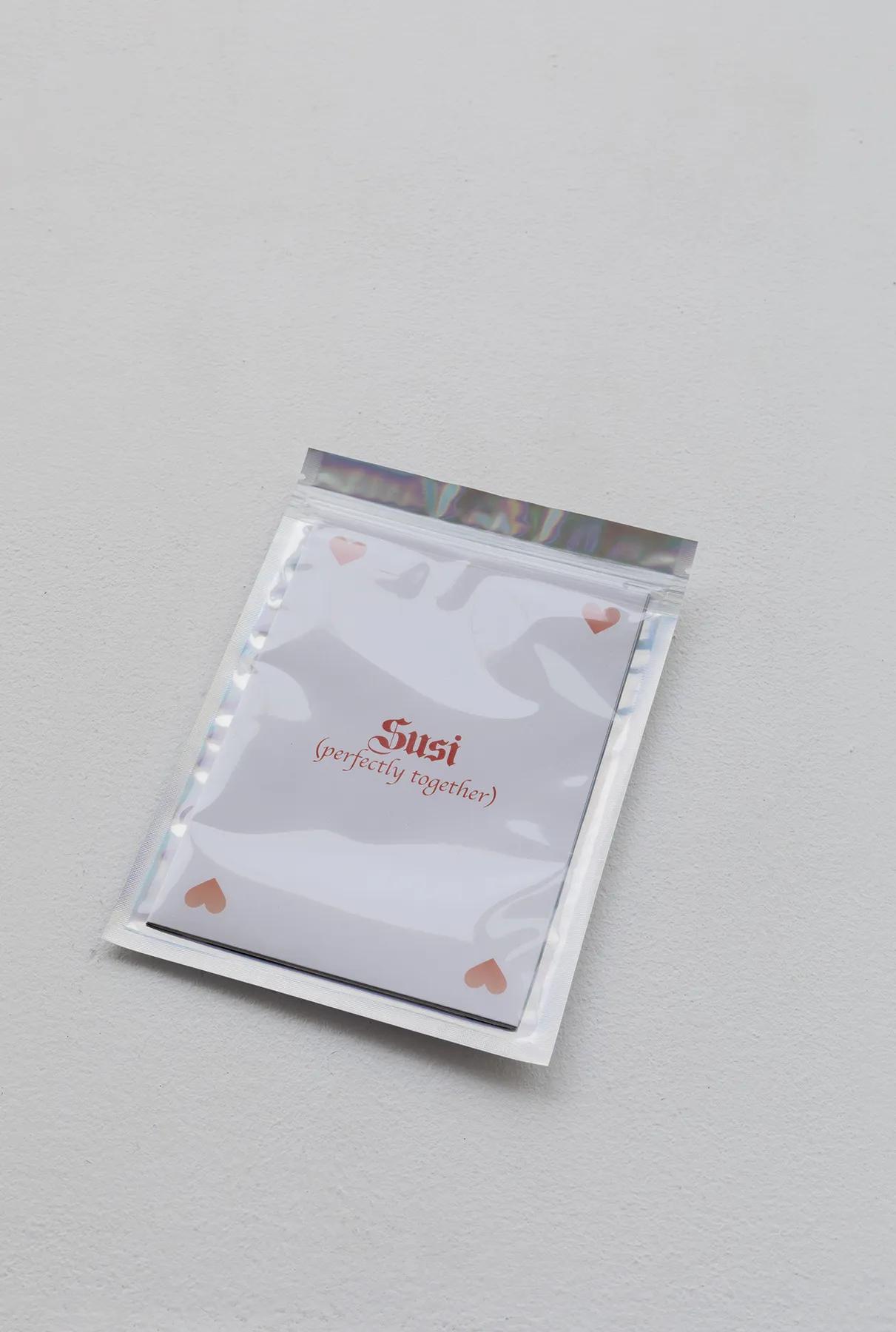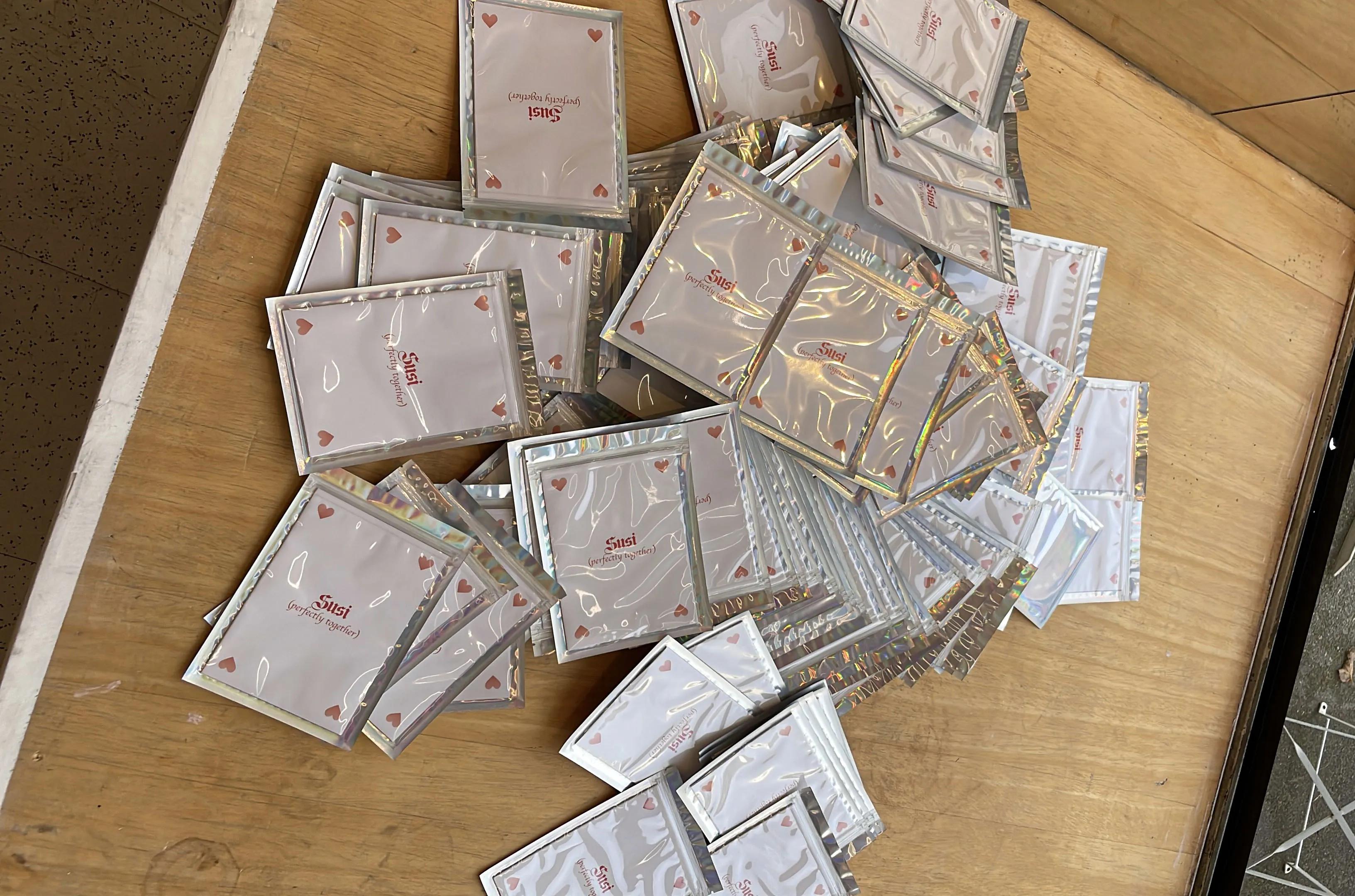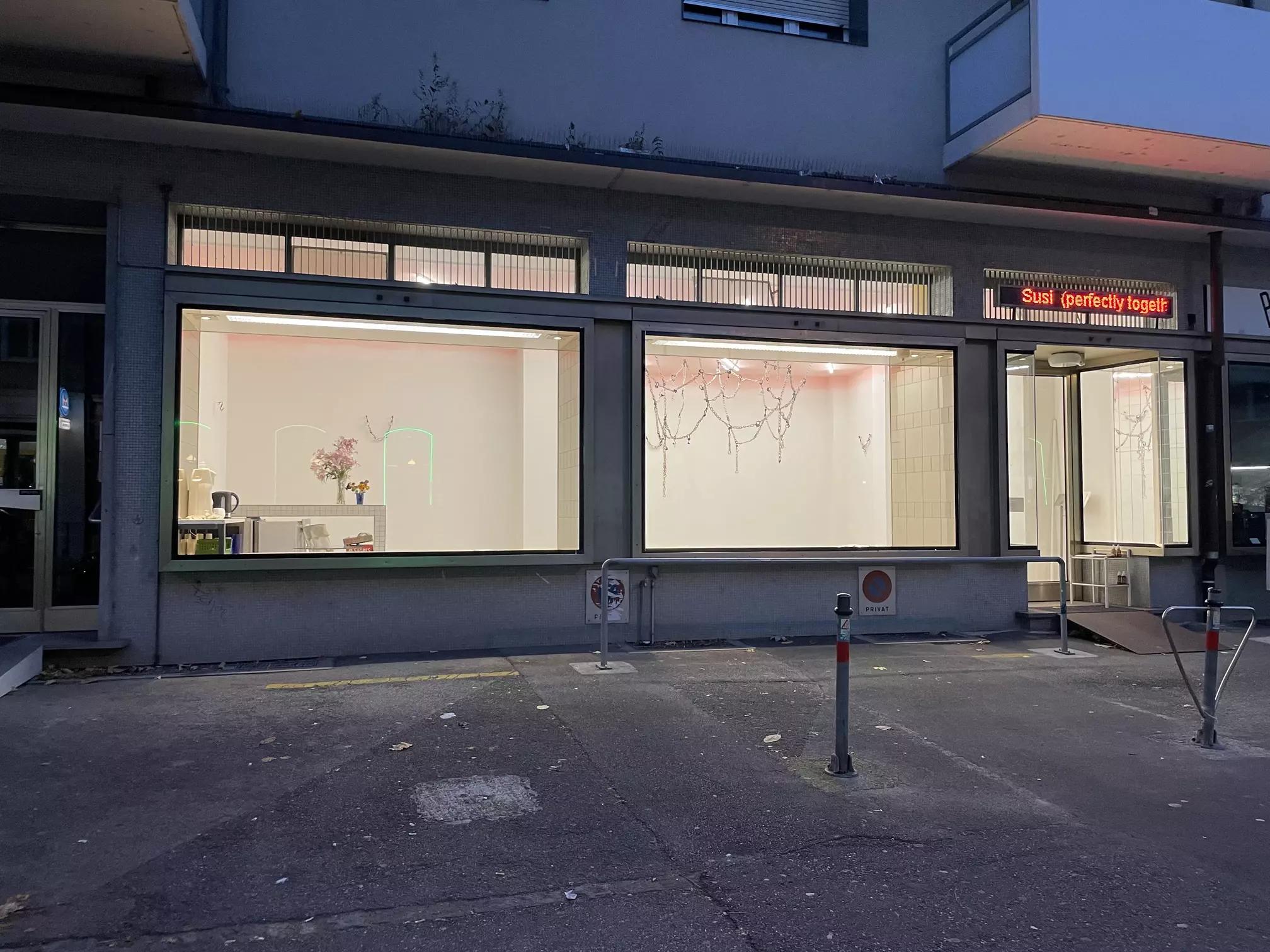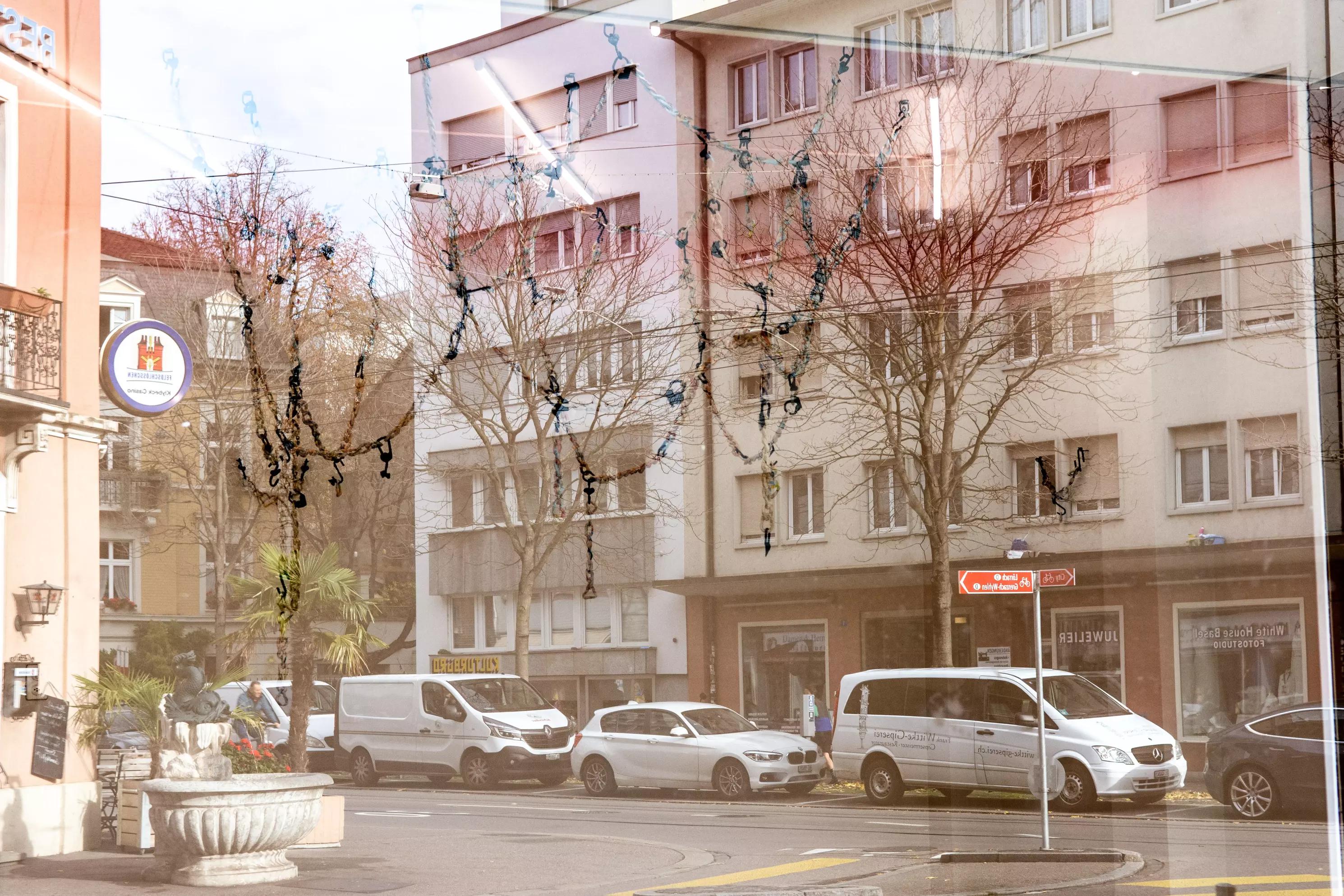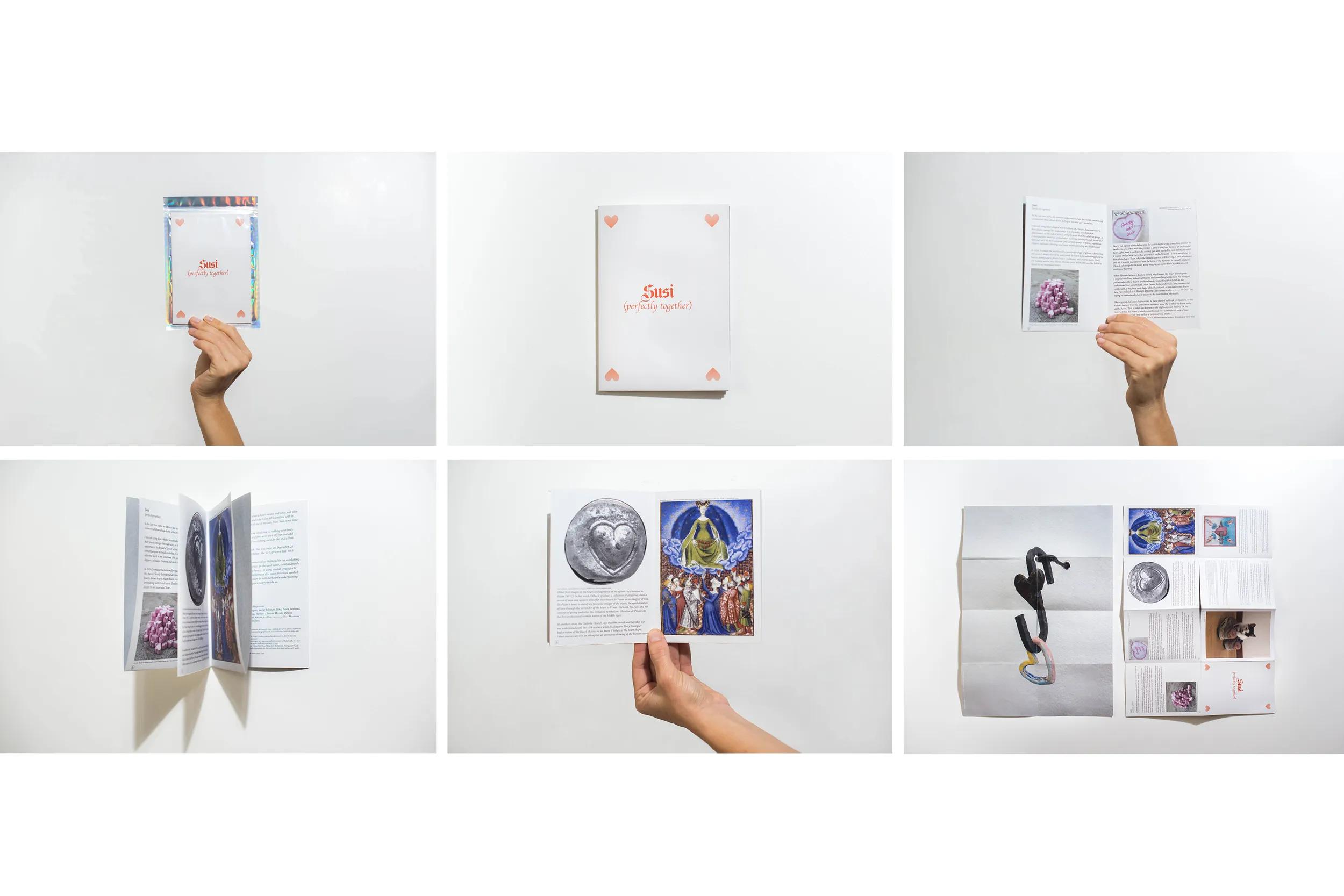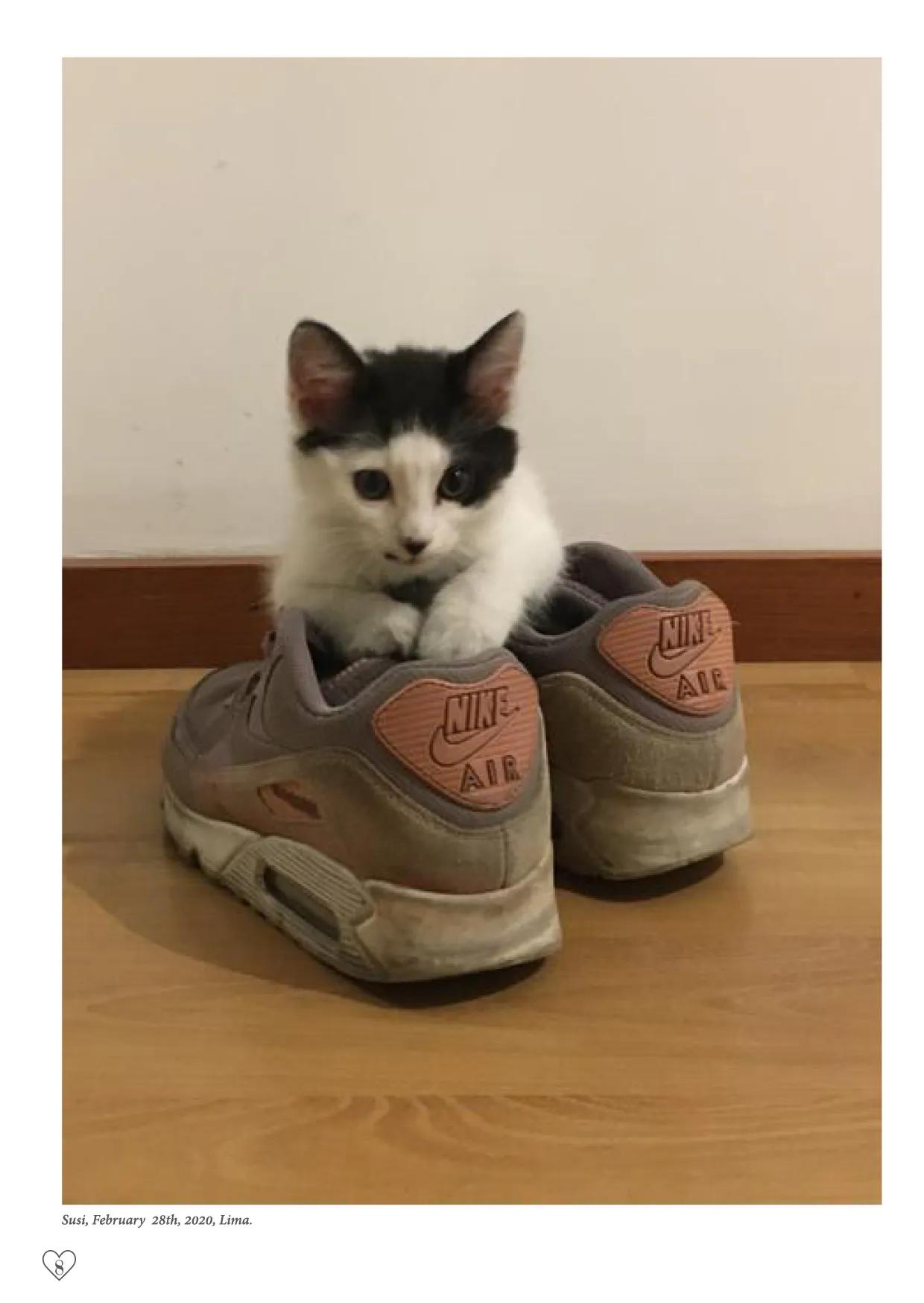Susi (perfectly together) 2022
Susi es una investigación artesanal sobre el origen del corazón, la manera en que se relaciona con el corazón real y las connotaciones románticas asociadas a él. Susi puede entenderse como una marca de adornos para proclamar el amor romántico.
Primero, corté un trozo de acero más cercano a la forma del corazón utilizando una máquina similar a una sierra eléctrica. Luego, con la amoladora, le di la forma final de un corazón industrial. Después, utilicé una pistola de fundición a presión y comencé a derretir el corazón hasta que estuvo tan derretido y quemado como fuera posible. Lo fundí hasta que vi que estaba a punto de perder toda su forma. Luego, cuando el corazón derretido aún está ardiendo, tomo un martillo y lo golpeo hasta que queda grabado y el golpe del martillo es visualmente evidente. Después, lo sumerjo en agua usando tenazas para no quemarme la piel, ya que seguía ardiendo (...)
Cuando quemé el corazón, me pregunté por qué lo hice desintegrarse. Podría comprar corazones industriales en su lugar. Pero algo sucede en mi proceso de pensamiento cuando estos corazones son hechos a mano. Algo que aún no entiendo, pero algo que sé que debo hacer para comprender el componente comercial de la forma y figura del corazón y, al mismo tiempo, saber cómo estoy relacionado con él a través de experiencias afectivas y emociones. Tal vez estoy tratando de entender lo que significa estar físicamente con el corazón roto. (...)
El origen de la forma del corazón parece haber comenzado en la civilización griega, en la extinta ciudad de Cirene. La moneda de la ciudad utilizaba el símbolo que hoy conocemos como el corazón. Ese símbolo era conocido como la semilla de silfio. Encontré en internet que el símbolo del corazón proviene de una semilla muy comercial de esa ciudad; también funcionaba muy bien como método anticonceptivo. Quizás esa forma de corazón y sus propiedades sexuales sean donde nació la idea del amor.
Otras imágenes tempranas del corazón también aparecieron en las epístolas de Christine de Pizán (XVC). En su obra "Epístolas de Otea", una colección de alegorías, muestra una serie de hombres y mujeres que ofrecen sus corazones a Venus como una alegoría del amor. El corazón de De Pizán es una de mis imágenes favoritas del órgano, la simbolización del amor a través de la entrega del corazón a Venus. La amabilidad, lo tierno y el concepto de dar subyacen en este simbolismo romántico. Christine de Pizán fue la primera escritora profesional mujer de la Edad Media (...)
Este texto pertenece al breve ensayo-póster de Susi que puedes leer en este enlace:
https://drive.google.com/file/d/1MhJL21_MJ44yiu1iubEmhor-4vsvhHF3/view?usp=drive_link
Susi (perfectly together) 2022
Susi, is a handcrafted research on the origin of the heart shape,
the manner in which it relates to the real heart, and the romantic connotations
about it. Susi can be read as a brand of adornments to proclaim romantic love.
First, I cut a piece of steel closest to the heart shape using a machine similar to an electric saw. Then with the grinder, I gave it the final form of an industrial heart. After that, I used the die casting gun and started to melt the heart until it was as melted and burned as possible. I melted it until I saw it was about to lose all its shape. Then, when the melted heart is still burning, I take a hammer and hit it until it is engraved and the blow of the hammer is visually evident. Then, I submerged it in water using tongs so as not to burn my skin since it continued burning (...)
When I burnt the heart, I asked myself why I made the heart disintegrate. I might as well buy industrial hearts. But something happens in my thought process when these hearts are handmade. Something that I still do not understand, but something I know I must do to understand the commercial component of the form and shape of the heart and, at the same time, know how I am related to it through affective experiences and emotions. Maybe I am trying to understand what it means to be heartbroken physically. (...)
The origin of the heart shape seems to have started in Greek civilisation, in the extinct town of Cyrene. The town’s currency used the symbol we know today as the heart. That symbol was known as the silphium seed. I found on the internet that the heart symbol comes from a very commercial seed of that town; it also worked very well as a contraceptive method. Maybe that heart shape and its sexual properties are where the idea of love was born.
Other first images of the heart also appeared in the epistles of Christine de Pizán (XVC). In her work, Othea’s epistles, a collection of allegories, show a series of men and women who offer their hearts to Venus as an allegory of love.
De Pizán’s heart is one of my favourite images of the organ, the symbolisation of love through the surrender of the heart to Venus. The kind, the cute, and the concept of giving underlies this romantic symbolism. Christine de Pizán was the first professional woman writer of the Middle Ages (...)
This text belongs to Susi short essay-poster that you can read in this link:
https://drive.google.com/file/d/1H74054CAWo1VBAB3OQPiXWo0aO7hIvGO/view?usp=sharing
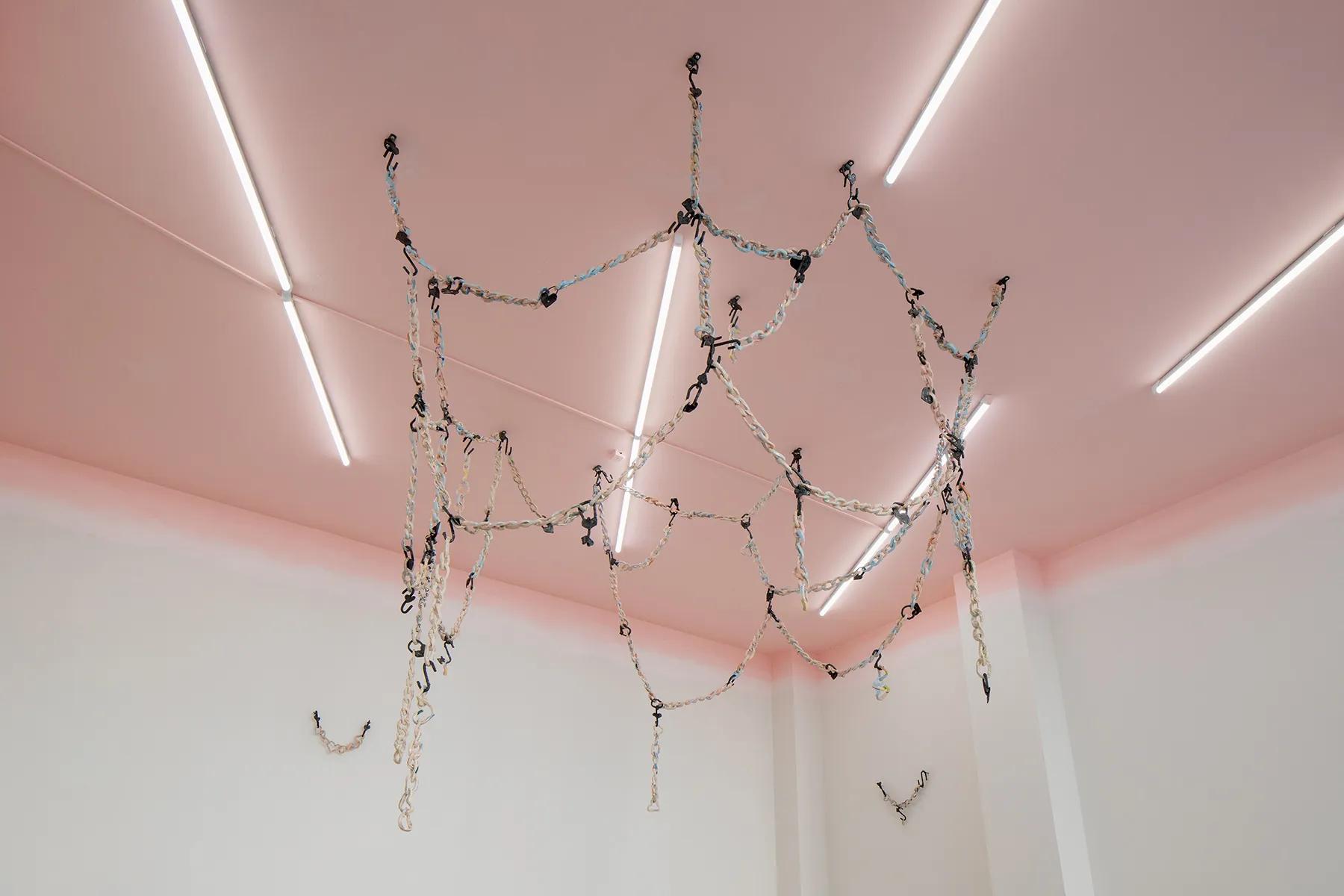
Susi (perfectly together)
Ceramic glazed, melted steel, ceramic pencil.
View at Amore 2022, Basel.
Photos: Guadalupe Ruiz, Paula Santomé, Fiorella Destin.
